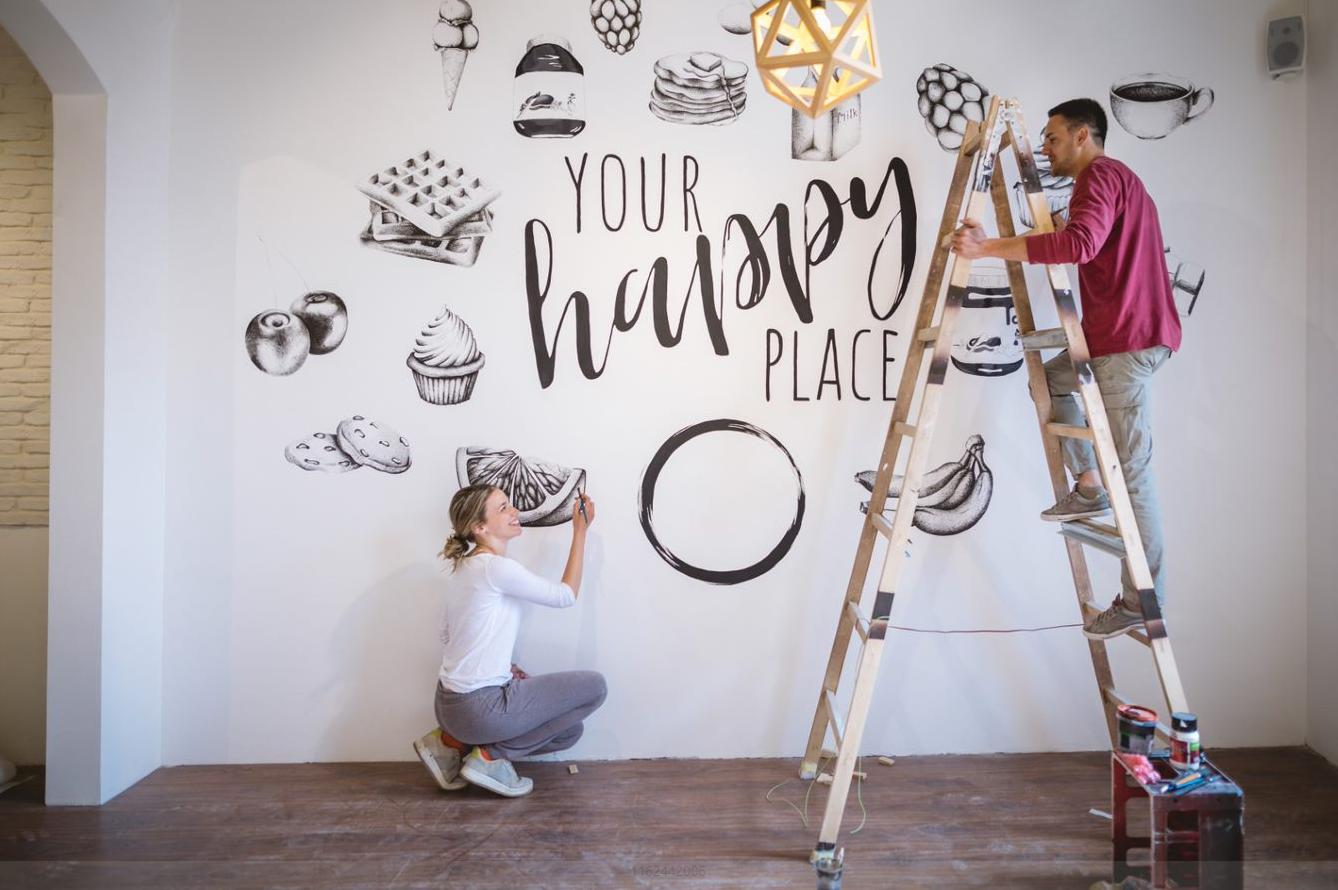Will homeowners ever rule?
Renewed confidence is the greatest factor driving the Australian and New Zealand property scenes today.
Homeownership has been declining and renting has been on the increase for many years. Around two-thirds of Australians either owned or were buying their home in June this year according to the Australian Bureau of Statistics (ABS). This is the lowest proportion since the ABS began collating figures. In New Zealand, homeownership was said to be at a six-year low in February last year.
Factors affecting low homeownership have included the affordability and the capability of accessing money, employment, cultural trends and lifestyle choices, competition from the investor sector driving process higher, and a lack of confidence in a country’s leadership.
Per the Australian 2016 Census, there were 9,901,496 occupied private dwellings, with 2,565,695 owned outright; 2,855,222 owned with a mortgage; and 2,561,302 rented.
Approximately 32 per cent of Australians rent. Among 25 to 34-year-olds, 37 per cent own and 61 per cent rent. That drops to 10 per cent choosing to own over rent for the sub-24-year-olds.
The New Zealand 2018 Census has the figure of 1,855,962 occupied and unoccupied private dwellings. Stats New Zealand estimates 1,771,300 households with 62 per cent (1,100,800) owned and 34 per cent (604,100) rented – though there are some questions around the 2018 Census figures.
New Zealand first home buyer (FHB) loans accounted for 16 per cent of new residential mortgages in 2018, and in the same year, less than 35 per cent of 25 to 34-year-olds owned homes or had mortgages. In 1988 that age group represented 65 per cent of homeowners.
Some New Zealand real estate market sectors are evidencing strong activity levels du to a healthy expansion of the NZ economy, low-interest rates, an easing of loan to value ratio (LVR) restrictions and high immigration.
According to CoreLogic, FHB numbers are above average across every state and territory in Australia and the ABS housing finance data for August 2019 had FHBs holding 29.8 per cent of the national market for owner-occupier loans, the highest percentage since 2012. Improved housing affordability, low-interest rates, a relaxation in home loan servicing rules, FHB grants for the purchase of new homes in most states and additional incentive from some states like stamp duty exemptions or discounts have contributed to this. It’s been suggested that the percentage of FHBs might drop back as housing affordability decreases and investor demand picks up.
The average age of the FHB in Australia today is 31 to 33 years old. This has steadily risen from typically 27 in the early 1990s.
Perhaps rising confidence in the economy will stimulate property buyer activity not only from the investors but from buyers wanting to own and live in their homes.
SOURCE: RE/MAX Australia



